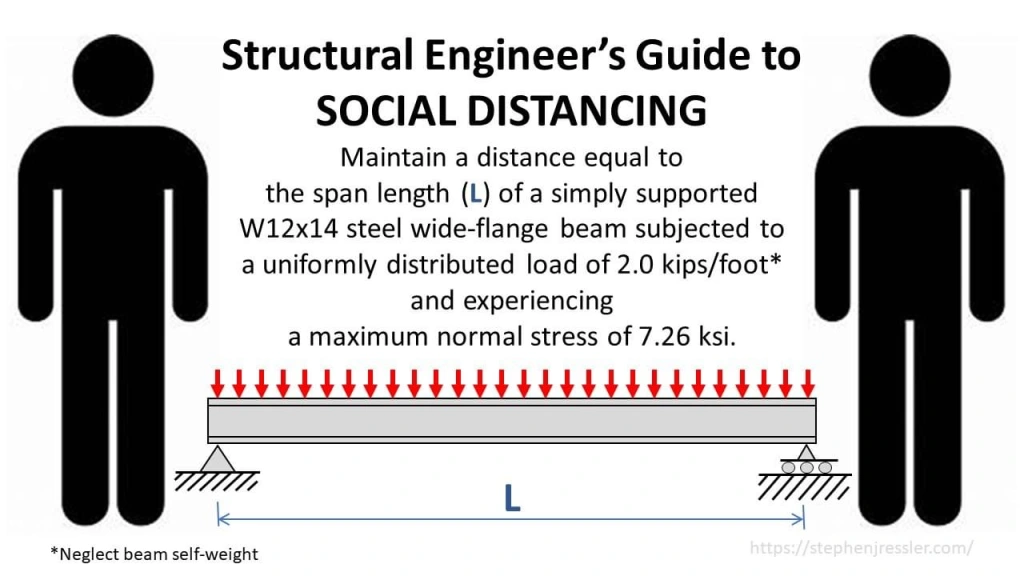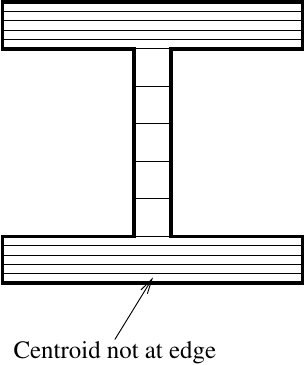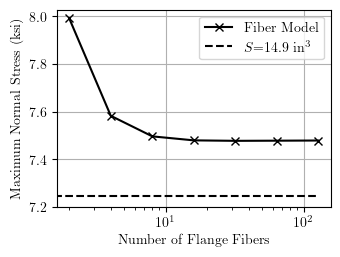OpenSees Cloud
OpenSees AMI
Close to the Edge
Original Post - 05 Apr 2020 - Michael H. Scott
A colleague in Eastchester tweeted this graphic, created by Stephen Ressler. It’s a fun interpretation of social distancing, but a little abstract compared to other, more concrete, guidelines going around. For example, in Florida, the rule of thumb is to maintain a distance equal to an adult alligator length. You can visualize an alligator, but you can’t see a normal stress.

Naturally, I thought it would be a good example to use in class. Before doing so, I verified the normal stress calculation, \(\sigma\)=M/S. From the 15th edition AISC Steel Manual, the section modulus for a W12x14 is S=14.9 in3. And, from statics, the maximum bending moment for a simple span with uniform distributed load is M=wL2/8, which works out to 108 kip-in.
The normal stress is then 108/14.9=7.25 ksi, not the 7.26 ksi shown in the graphic. I suppose one could get 7.26 ksi with a more precise value for S. Although I spent the better part of a day agonizing over this discrepancy and significant figures, that’s not the point of this post.
The point of this post is to show that using a fiber section model in OpenSees, you’ll be much further than 0.01 ksi away from the expected maximum normal stress. Assuming you use three rectangular patches defined by the W12x14 section depth (11.9 inch), web thickness (0.200 inch), flange width (3.97 inch), and flange thickness (0.225 inch) from the Steel Manual, here’s why.
With midpoint integration of fiber stresses, the section will never sample stress-strain response at the outer faces of the flanges. The sampling will always be half a fiber thickness away.

As the number of fibers increases, the estimate of S improves and the centroid of the extreme fiber moves closer to the edge. The maximum normal stress computed via the fiber section converges; however, it converges to 7.48 ksi instead of the expected 7.25 ksi. This discrepancy arises because the section modulus, S, tabulated in the Steel Manual accounts for fillet rounds between the web and flanges–there’s more steel area and thus lower bending stress than the fiber section.

I suppose I could code up Gauss-Lobatto integration through the depth of fiber patches in order to sample stress-strain response at the edges. I could also code up Delaunay Triangulation for the fiber section discretization in order to account for fillet rounds. Neither of these endeavors is worthwhile; however, the longer social distancing continues, the more likely it is you will see these pull requests.
I work on problems related to modeling and nonlinear structural analysis. If these problems are relevant to a current professional project, feel free to reach out.